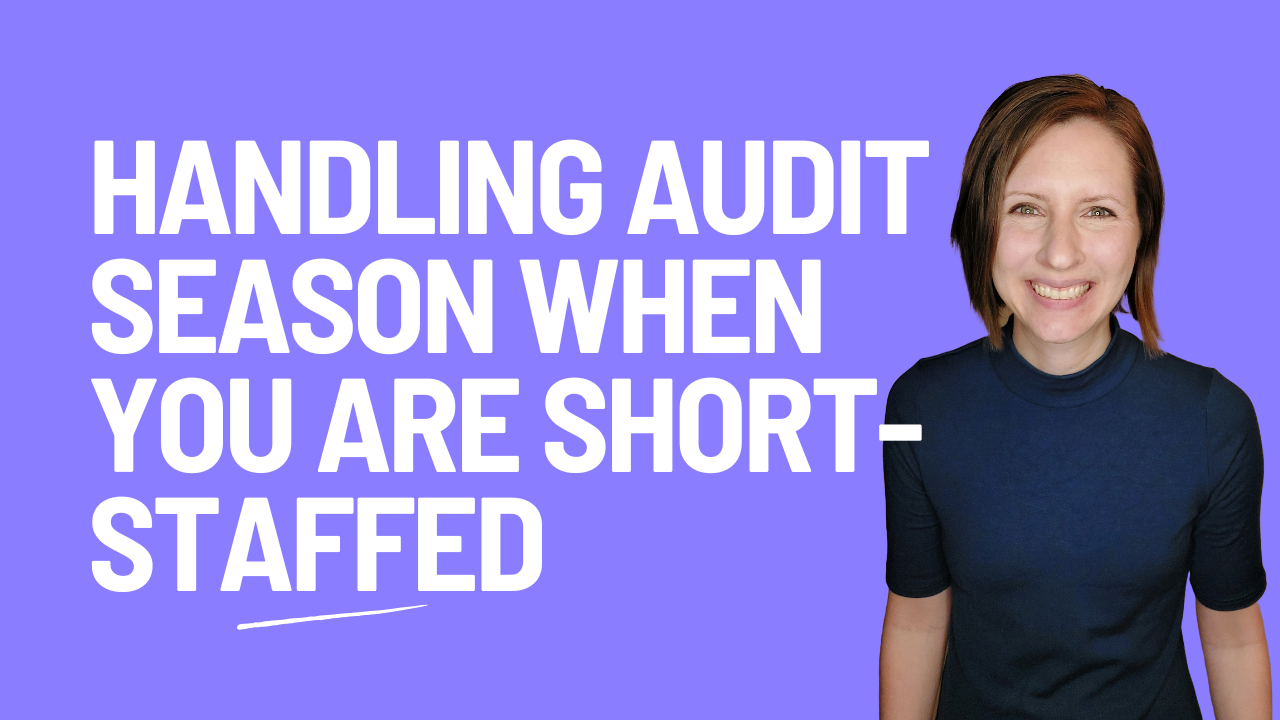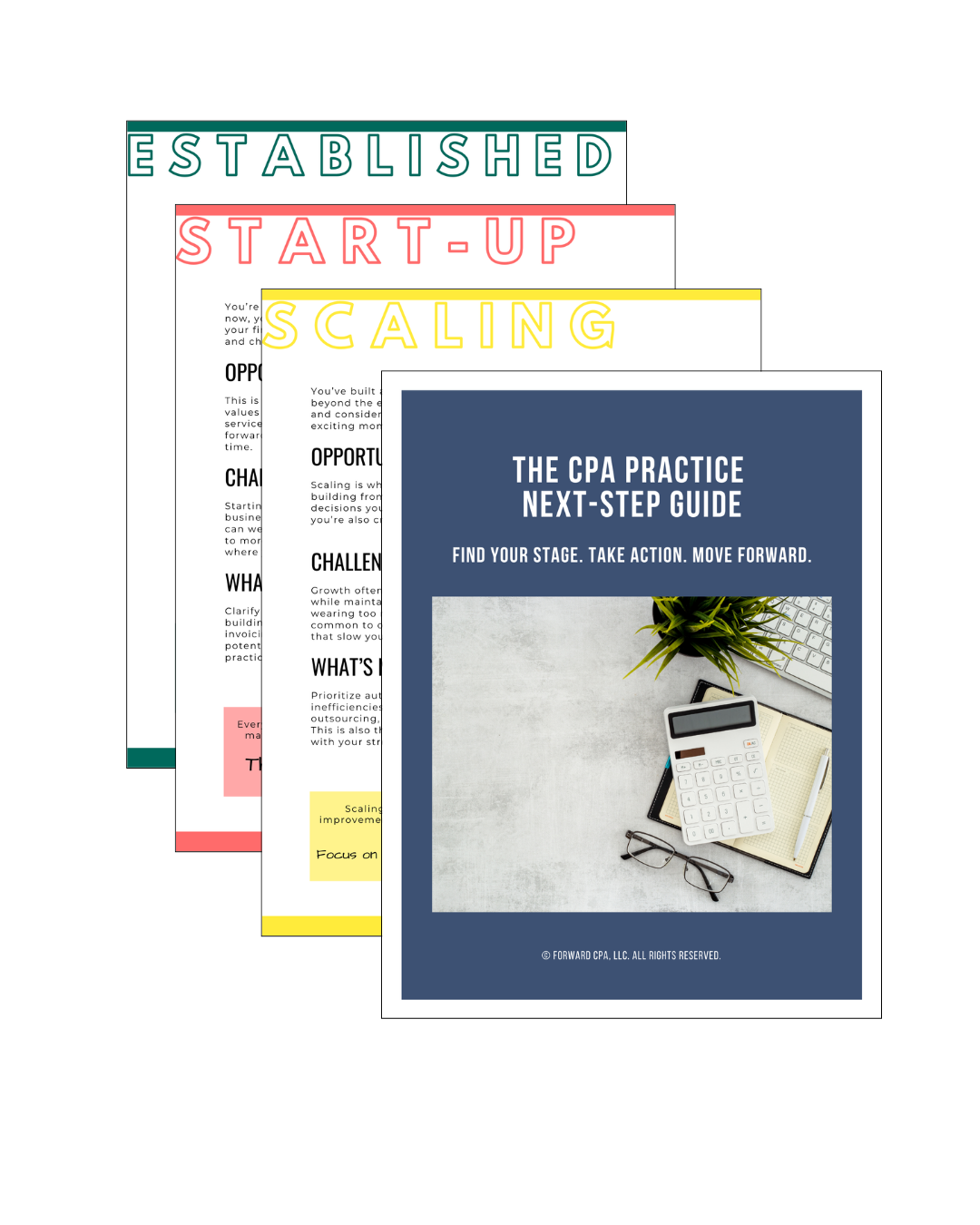How to Build a Shared Audit Timeline That Works for Both Sides
Aug 15, 2025
Audits fall behind for all kinds of reasons—late documents, unclear expectations, staff turnover, or overlapping deadlines. But beneath all of that, there’s often one missing piece:
A shared audit timeline that actually works for both the auditor and the client.
Without it, even good intentions get buried in miscommunication.
Auditors think prep is done. Clients think fieldwork hasn’t started. Tasks fall through the cracks. Deadlines get pushed. Stress builds.
But it doesn’t have to be that way. With just a little planning upfront, you can create a collaborative audit calendar that keeps everyone aligned—without micromanaging or overcomplicating the process.
Here’s how to build one.
1. Start with the End in Mind
Begin by identifying the hard deadline—the date the audit report is due to the state, federal agencies, board, or public.
Then work backwards from there to build the rest of your milestones.
✅ Tip:
Include time buffers for:
-
Review and revision
-
Board approval
-
Single audit requirements (if applicable)
This makes sure you're not finalizing everything the night before submission.
2. Define Key Phases of the Audit
Break the audit process into manageable chunks, with clear deliverables at each step. This helps both sides see what’s coming and when they’re expected to contribute.
📆 Example Phases:
-
Pre-Audit Planning
→ Client questionnaire, contract signed, prior-year review -
Document Request (PBC) List Sent
→ Auditor sends list; client begins gathering items -
Client Prep Phase
→ Trial balance finalized, schedules prepared, supporting docs saved -
Fieldwork Start
→ Kickoff meeting, real-time questions begin -
Review & Follow-Up
→ Additional requests, preliminary findings, adjusting entries -
Draft Report
→ Review by both auditor and client -
Final Issuance
→ Board meeting, signatures, delivery
3. Assign Milestones with Realistic Dates
Each milestone should have:
-
A clear due date
-
Who’s responsible
-
What “done” looks like
Make sure to discuss and agree on the timeline before fieldwork begins—so no one is surprised later.
✅ Example:
-
📅 Trial Balance Finalized
Due: July 15 | By: Client | Status: Must match GL and include all entries -
📅 Capital Asset Rollforward Provided
Due: July 22 | By: Client | Status: Includes purchases, disposals, depreciation -
📅 Draft Report Sent for Review
Due: August 15 | By: Auditor | Status: Includes all required footnotes and adjusting entries
4. Choose a Format Everyone Can Use
The best timeline is the one everyone actually sees and uses. Choose a format that’s visible, editable (if needed), and easy to follow.
✅ Options:
-
Shared Google Sheet
-
PDF calendar with milestones
-
Audit checklist in project management software (e.g., ClickUp, Asana)
-
Timeline embedded in the engagement letter or kickoff email
Include a one-page summary at the start of fieldwork so expectations are clear from day one.
5. Build in Communication Checkpoints
Great timelines don’t eliminate communication—they support it.
✅ Try This:
-
Weekly 15-minute check-ins during fieldwork
-
Mid-audit status update
-
Final walkthrough before report issuance
These touchpoints help identify blockers early, reduce email threads, and keep momentum going.
6. Be Flexible—But Not Vague
Sometimes delays happen. A staff member gets sick. A report is harder to pull than expected. That’s okay.
What’s not okay is a timeline where no one knows what’s expected or when.
When a milestone slips, update the timeline—and communicate what the new plan is. That builds trust and keeps things moving forward.
Shared Timelines Build Better Audits
A clear, collaborative audit timeline saves more than time.
It builds trust. It sets expectations. And it helps both sides show up prepared, aligned, and ready to get the job done.
Whether you’re the auditor or the client, you don’t have to wing it this year.
Build your timeline. Share it early. Revisit it often.
And turn audit season into a partnership—not a guessing game.
Your Next Step Forward
Join the newsletter designed to help CPAs take the next best step in building a practice they love, with practical insights, game-changing tools, and quick wins in every email.
We hate SPAM. We will never sell your information, for any reason.




